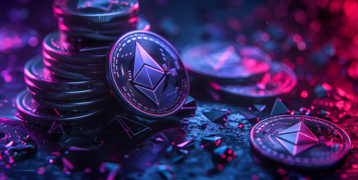Published 25 Apr 2024
NFT Security: Protecting Your Digital Assets from Theft and Fraud
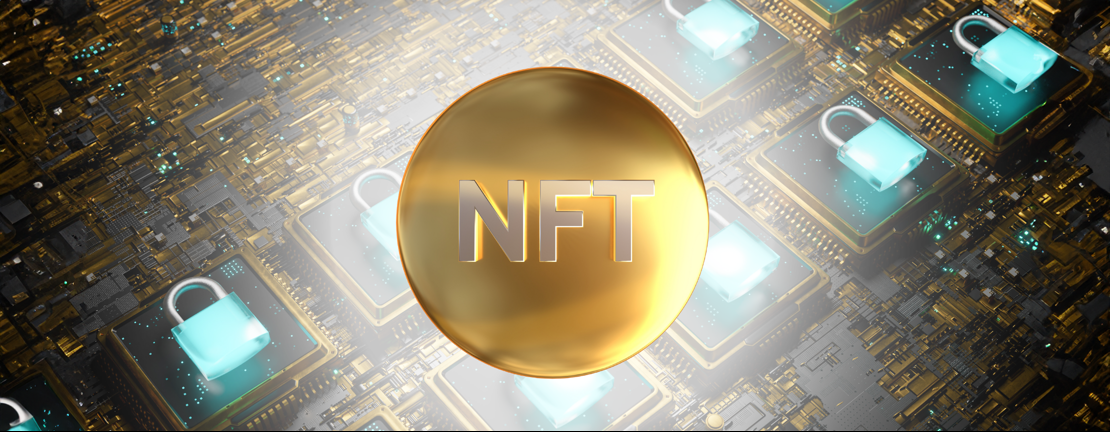
Non-fungible tokens (NFTs) have taken the world by storm, revolutionizing the way we perceive and interact with digital assets. From art and collectibles to gaming and real estate, NFTs have opened up new opportunities for creators, collectors, and investors alike. As the NFT market continues to grow at an unprecedented pace, so does the need for robust security measures to protect these valuable digital assets from theft and fraud.
NFTs represent unique, verifiable, and indivisible tokens stored on a blockchain, providing proof of ownership and authenticity for digital items. However, as with any emerging technology, the NFT space is not immune to security risks.
As more people invest in and trade NFTs, it becomes increasingly important to understand and address the potential vulnerabilities that could lead to the loss of digital assets or financial investments. In this article, we will explore the various risks associated with NFTs and provide best practices for safeguarding your digital assets, ensuring a secure and enjoyable experience in the world of non-fungible tokens.
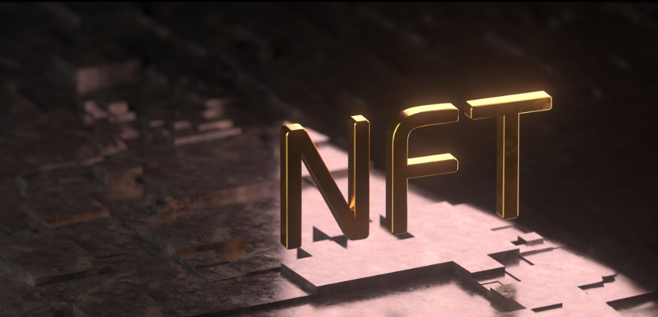
Understanding the risks: NFT theft and fraud
As the NFT market continues to expand, it is crucial for participants to be aware of the potential security risks associated with these digital assets. Some of the most common threats include phishing scams, smart contract vulnerabilities, and platform hacks, which can lead to the loss of digital assets or financial investments.
Phishing scams
Phishing is a common tactic used by cybercriminals to trick users into revealing sensitive information, such as login credentials or private keys. In the context of NFTs, phishing scams can take the form of fake emails, websites, or social media messages that appear to be from legitimate NFT platforms or creators. Unsuspecting users may be lured into entering their credentials or connecting their wallets, granting unauthorized access to their digital assets.
Smart contract vulnerabilities
NFTs rely on smart contracts to manage transactions and ownership rights. However, smart contracts can contain coding errors or vulnerabilities that can be exploited by malicious actors. If a smart contract is compromised, it could allow hackers to steal, manipulate, or destroy NFTs, resulting in significant financial losses for their owners.
Platform hacks
Centralized NFT platforms and marketplaces can be targets for hackers, who may attempt to gain unauthorized access to user accounts or steal assets stored on the platform. In some cases, hackers have successfully breached NFT platforms, leading to the loss of user funds and digital assets. This highlights the importance of choosing reputable platforms with strong security measures in place.
To protect your NFT investments, it is essential to stay informed about these risks and adopt best practices for securing your digital assets. By understanding the potential threats and taking proactive steps to mitigate them, you can enjoy the benefits of NFT ownership while minimizing the chances of falling victim to theft or fraud.
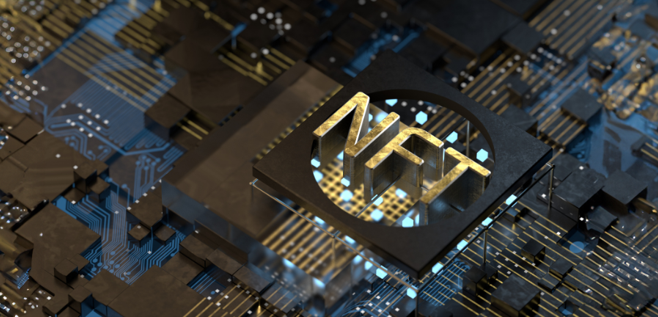
Best practices for NFT security
To ensure the safety of your NFT investments, follow these best practices for securing your digital assets:
- Choosing a reputable marketplace and wallet provider
Research and select well-established NFT marketplaces and wallet providers with a proven track record of security and reliability. Look for platforms that employ robust security measures, such as encryption, regular audits, and insurance coverage.
- Enabling multi-factor authentication (MFA)
Enable MFA on your NFT marketplace and wallet accounts to add an extra layer of security. MFA requires users to provide two or more forms of identification before accessing their accounts, making it more difficult for unauthorized users to gain access.
- Regularly updating software and monitoring transactions
Keep your operating system, web browser, and wallet software up to date with the latest security patches and updates. Regularly monitor your NFT transactions and account activity for any signs of suspicious or unauthorized activity.
- Using hardware wallets for cold storage
Store your NFTs in a hardware wallet, also known as cold storage, when not actively trading or using them. Hardware wallets are physical devices that store your private keys offline, providing an additional layer of security against hacking attempts and online threats.
- Being cautious of phishing scams and suspicious links
Always verify the authenticity of emails, websites, and social media messages related to your NFT investments. Be wary of unsolicited messages or links, and never share your private keys or sensitive information with anyone. Double-check URLs and sender addresses to ensure they are legitimate before interacting with them.
By following these best practices, you can significantly reduce the risk of theft and fraud associated with your NFT investments and ensure the long-term security of your digital assets.

Case studies: learning from previous NFT security incidents
To better understand the importance of security in the NFT space, let's examine a few notable cases of NFT theft or fraud and the lessons learned from these incidents.
Nifty Gateway hack
In February 2021, Nifty Gateway, a popular NFT marketplace, experienced a security breach that resulted in the theft of several high-value NFTs. The hackers gained access to user accounts by exploiting a vulnerability in the platform's account recovery process. This incident underscores the importance of using strong, unique passwords, enabling multi-factor authentication, and regularly monitoring account activity for any signs of unauthorized access.
The rug pull of Evolved Apes
In September 2021, the creators of the Evolved Apes NFT project disappeared with investors' funds, leaving the community without any support or resources. This incident, known as a "rug pull", highlights the importance of conducting thorough research on NFT projects and their creators before investing. Look for transparent and reputable teams with a proven track record in the NFT space.
Phishing scams targeting NFT artists
In December 2021, several high-profile NFT artists fell victim to phishing scams that resulted in the loss of valuable NFTs. The artists received fraudulent emails impersonating legitimate platforms, tricking them into revealing their login credentials. This incident serves as a reminder to always verify the authenticity of emails and websites, and to never share sensitive information such as private keys or passwords.
These case studies demonstrate the importance of vigilance and proactive security measures in the NFT space. By learning from these incidents and taking the necessary precautions, you can significantly reduce the risk of falling victim to theft or fraud.
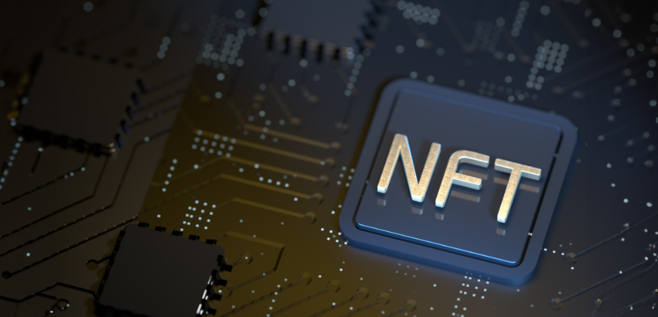
The role of the NFT community in enhancing security
The NFT community plays a crucial role in creating a safer environment for everyone involved. By working together and fostering open communication, the community can contribute to improved security standards and a more secure NFT ecosystem. Here are some ways the NFT community can help enhance security:
- Sharing information
Community members can share information about potential security threats, scams, and vulnerabilities. By keeping each other informed, the community can stay ahead of emerging risks and take necessary precautions to protect their digital assets.
- Reporting suspicious activities
If you come across any suspicious activities or potential scams, report them to the relevant platforms and authorities. This can help prevent others from falling victim to fraud and contribute to the overall safety of the NFT ecosystem.
- Promoting best practices
Experienced NFT users and creators can help educate newcomers about security best practices, such as using hardware wallets, enabling multi-factor authentication, and being cautious of phishing scams. By sharing knowledge and promoting secure habits, the community can collectively raise the bar for security standards.
- Collaboration and open dialogue
Encourage collaboration and open dialogue between NFT artists, collectors, developers, and platform operators. By working together and sharing insights, the community can identify potential security threats and develop solutions to address them.
The NFT community's active involvement in security initiatives can significantly contribute to a safer and more secure environment for everyone. By fostering collaboration, open dialogue, and the sharing of information, the community can help protect digital assets and ensure the long-term success of the NFT ecosystem.
Conclusion
As the NFT market continues to grow and evolve, so do the potential security risks associated with it. It is crucial for users to prioritize the security of their digital assets and take proactive measures to protect them from theft and fraud. By understanding the risks, following best practices, and staying informed about emerging security threats, users can ensure a safer and more enjoyable experience in the world of NFTs.
The role of the NFT community in enhancing security is vital, and users should collaborate and share information to improve security standards in the ecosystem. By staying vigilant, informed, and adopting best practices, you can safeguard your investments and contribute to a safer NFT landscape for everyone involved.
Read More




 Get RateX Pro
Get RateX Pro
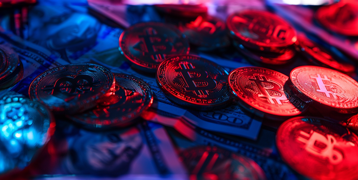
 21 Apr 2024
21 Apr 2024